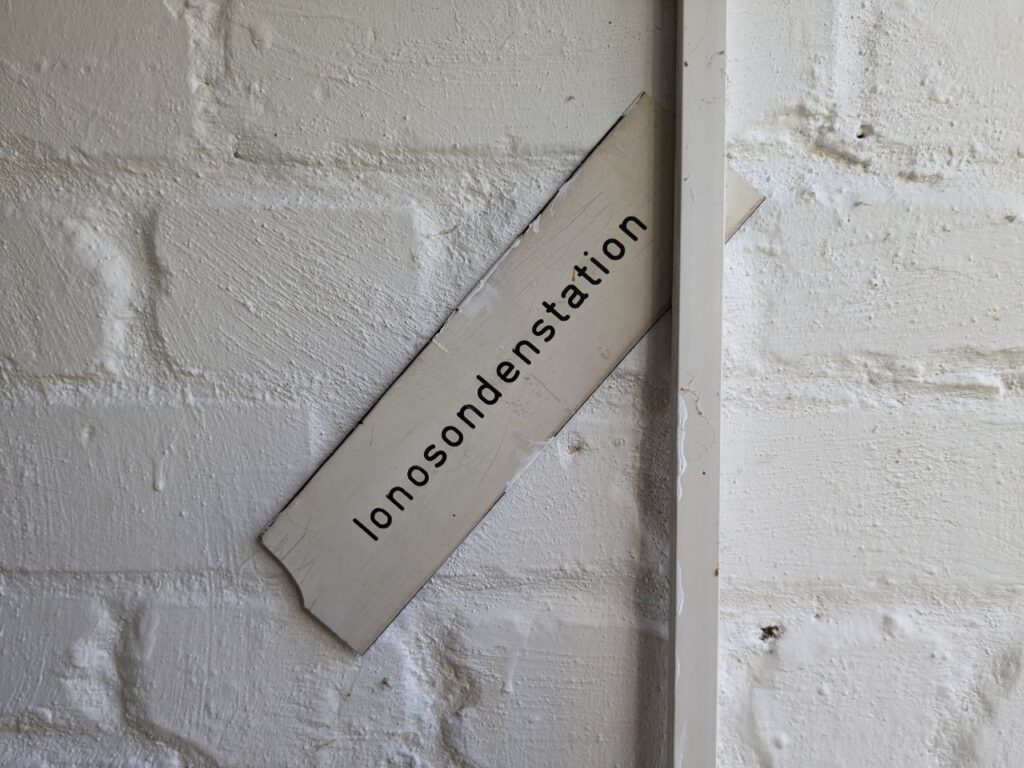Long term reflection and refraction on matter at 250kms An Ode to the hum
Sonic Islands, Rügen – Day II, 8th September 2023
The Only Way of Discovering the Limits of the Possible Is To Venture a Little Way Past Them Into the Impossible. Arthur C. Clarke
A world far removed from (y)our own—a world where the bustling cities, the laughter of children, and the hum of technology have all vanished. In this bleak backdrop, the island of Rügen in North Germany emerges as an unlikely stage for the grand finale of our species. Imagine, if you will, a scenario with twelve other souls. These twelve are not the architects of our past, nor the saviors of our future; rather, they are re/searchers, the unlikely custodians of our legacy, and they find themselves in solitary isolation within the walls of the Field Station Juliusruh.
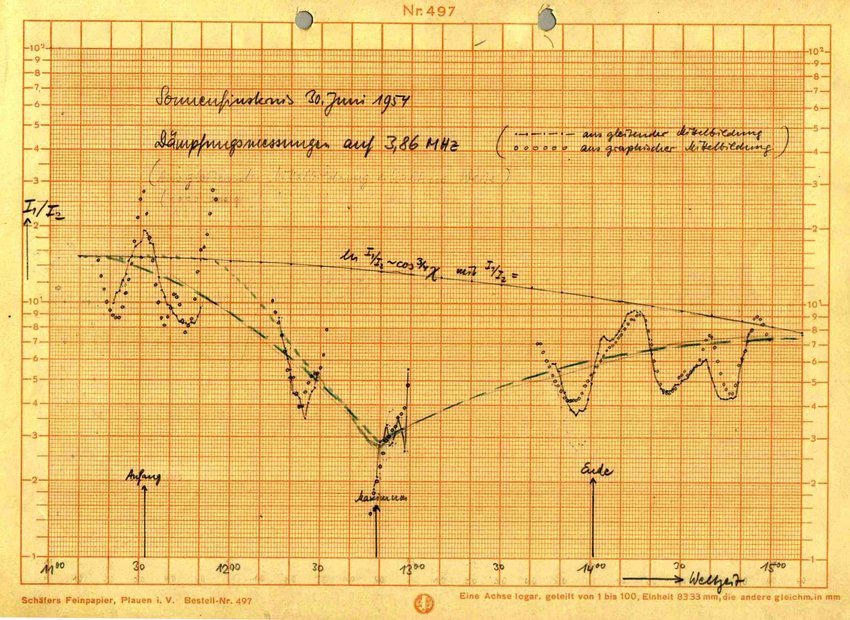
at Juliusruh during the solar eclipse of 6 June 1954, 13:0015:00 GMT.
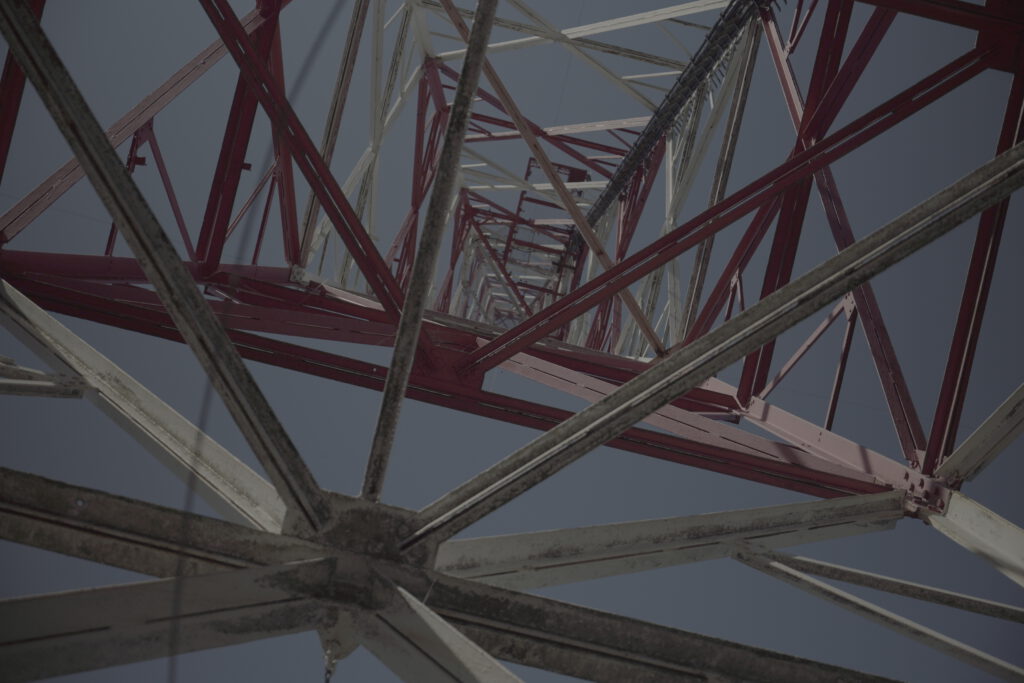
A mission: to sense and listen to the enigmatic radionoosphere, a last vestige of Earth’s voice, and to give expression to the profound silence that now reigns.
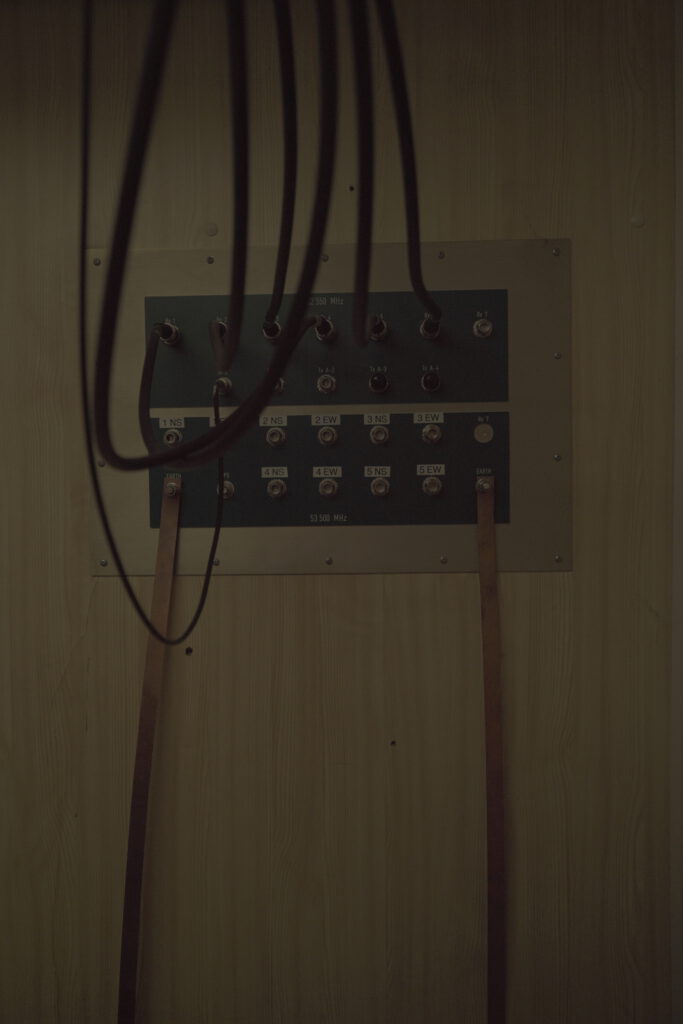
This peculiar tale unfurls amidst the ruins of human civilization, where the Earth herself has reclaimed dominion over what was once ours. As nature’s reclamation project unfolds, these twelve witnesses of Earth’s rebirth document the resurgence of life in the absence of humanity’s touch. Their scientific pursuits and artistic endeavors, intertwined inextricably, bear witness to the planet’s resilience and the eerie beauty of our absence.
Within the hallowed halls of the Institute of Atmospheric Physics, equipped with instruments designed for scientific inquiry, the group immerses themselves in the mysteries of the ionosphere. This high-altitude realm, usually reserved for scientific scrutiny, becomes both laboratory and muse for the inhabitants of Rügen. Here, science transcends its traditional boundaries, marrying seamlessly with art, as they draw inspiration from the ionospheric symphony. The ionosphere, bathed in the Sun’s cosmic radiance, dances with charged particles and magnetic fields. Data streams into the hands of these artists and researchers, unveiling intricate patterns that defy comprehension. In this tableau, the boundaries blur as the ionosphere becomes both a canvas and a composer’s score.
The silence that pervades the world outside finds its counterpoint in the outskirts of the Institute, where our group employ their newfound insights to craft artistic expressions. Lasers, receivers, spy conspiracy, 512 DMX channels and poetry arise from ionospheric data, offering a poignant tribute to the fragile beauty of our planet.
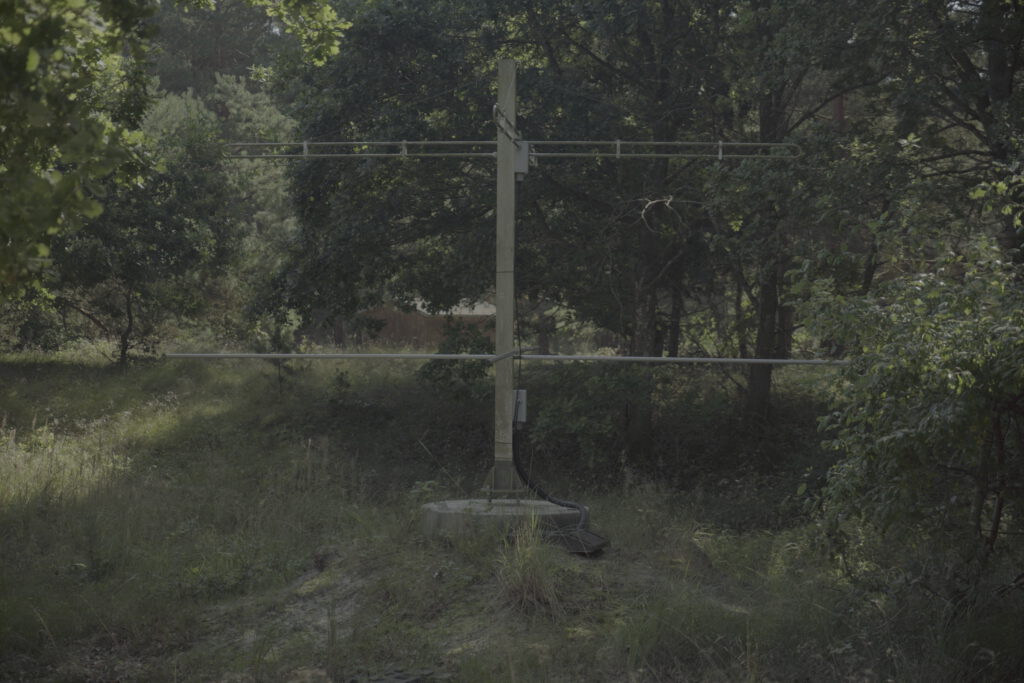
In this narrative, we have glimpsed a world unlike any other—a world where re/searchers in isolation navigate the strange landscape of an Earth without its people. Their journey serves as a testament to the enduring bond between humanity and the planet we used to call home.
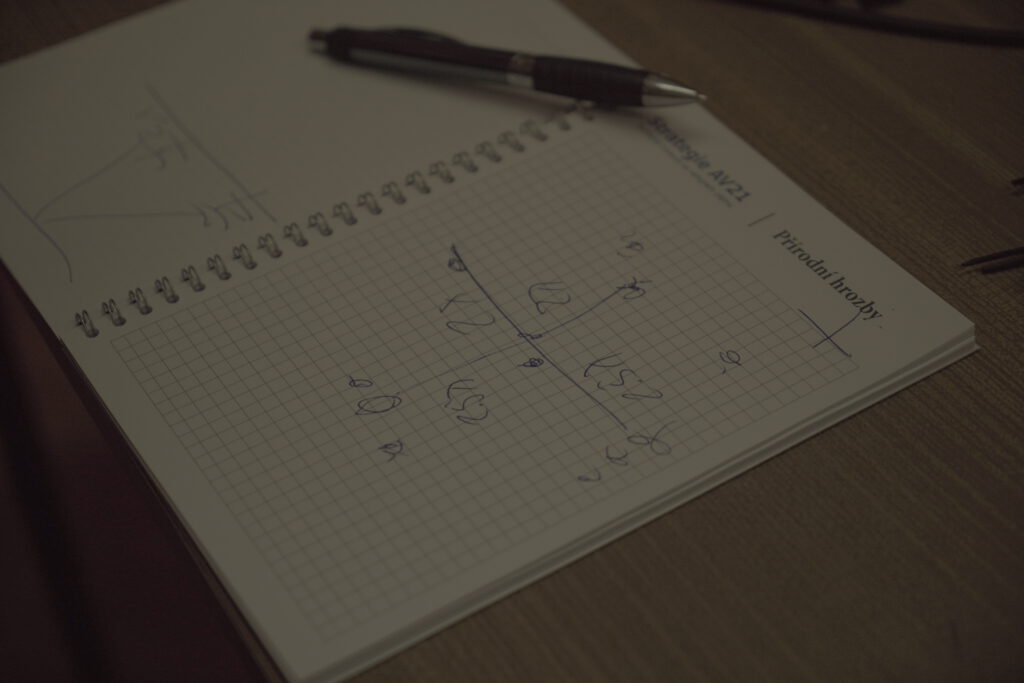
It reminds us that even in our absence, the pursuit of knowledge, artistic expression, and the wonders of the natural world endure, echoing the spirit of Isaac Asimov’s own immortal words: “The most exciting phrase to hear in science, the one that heralds new discoveries, is not ‘Eureka!‘ but ‘That’s funny…‘”
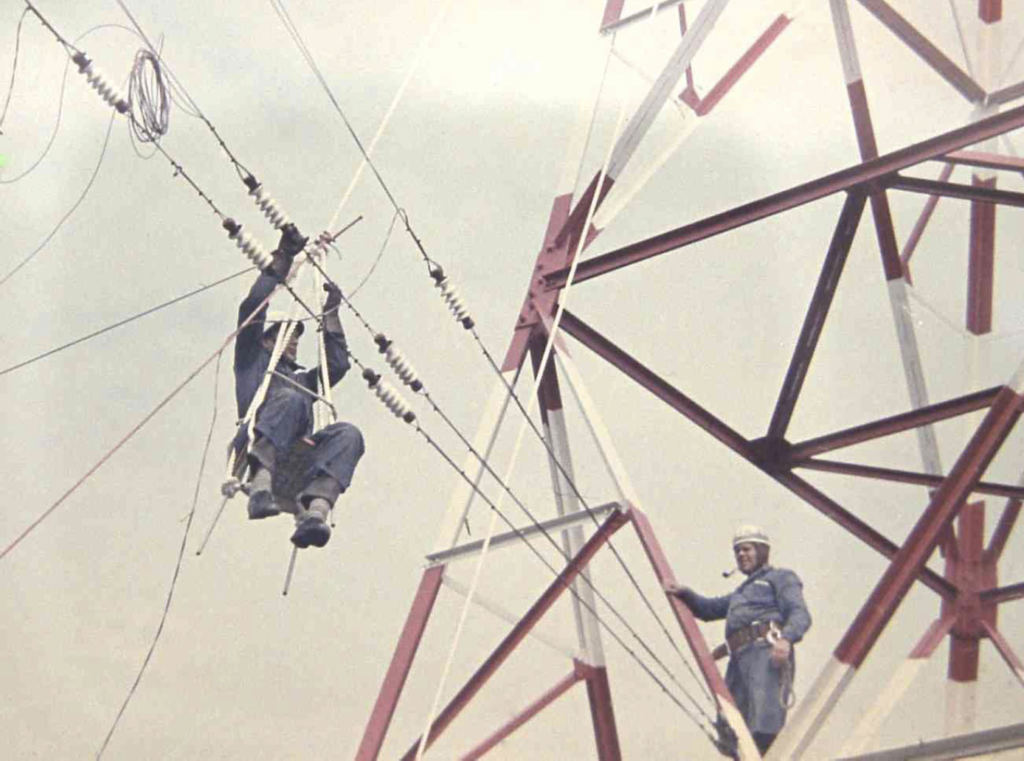
The noosphere is a philosophical concept developed and popularized by the biogeochemist Vladimir Vernadsky, and philosopher and Jesuit priest Pierre Teilhard de Chardin. Vernadsky defined the noosphere as the new state of the biosphere and described as the planetary “sphere of reason”. In parallel the radionoosphere represents the electromagnetic hertziosphere state with the cultural and natural remains of the transmissions refracted and reflected on the earths ionosphere.
Leibniz-Institute of Atmospheric Physics, University Rostock,
Field Station – Ionosonde Juliusruh, 18556 Altenkirchen, Germany
(Many thanks to Jens Mielich, who gave us such a warm welcome and guided us through the facility.)
